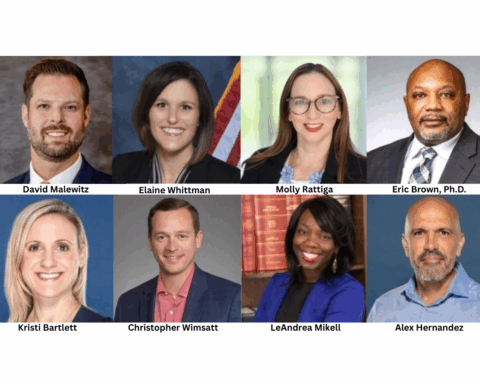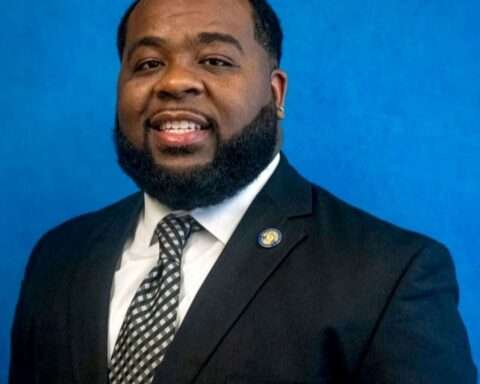The Federal Highway Administration has opened applications for a $40 million grant fund to accelerate the deployment of vehicle-to-everything communication, also known as V2X technology.
The grant fund has a lengthy name: Saving Lives with Connectivity: Accelerating Vehicles to Everything (V2X) Deployment. FHWA expects to award two grants during FY 2024. The funds will help state and local governments, academic institutions and private businesses deploy and operate technology that features applications enabled by wireless connectivity among vehicles, mobile devices and smart infrastructure. The application deadline is Jan. 17, 2024.
Most people are familiar with the concept of vehicle-to-vehicle communication, or V2V. That’s the ability of your car to wirelessly “talk” to other vehicles to avoid traffic accidents. It’s the feature that stops vehicles if a crash appears imminent. It is also used extensively in autonomous vehicles, such as driverless Cruise vehicles deployed in San Francisco and Austin, Texas.
The National Highway Traffic Safety Administration estimates 615,000 motor vehicle accidents each year could be avoided – and traffic congestion minimized – if all vehicles could wirelessly exchange information about speed, location and trajectory.
The technology horizon beyond V2V is V2X. In addition to talking to other vehicles, V2X allows them to communicate with traffic infrastructure to provide real-time advisories to drivers (or driverless cars) about road conditions, congestion, construction zones and even parking availability.
Because the communication between the vehicles and infrastructure is two-way, information from the sensors in multiple vehicles also can inform traffic-management systems to adjust speed limits and traffic lights in a way that can increase fuel economy and traffic flow. Eventually, the exchange of information also will be shared with pedestrians and cyclists.
A seamless V2X system will mean integrating multiple applications across various technology platforms. Ultimately, the U.S. Department of Transportation wants full “interoperable connectivity,” where a diverse range of mobile, in-vehicle and roadside technologies can communicate everywhere efficiently and securely, while protecting private data.
Deployment of V2X is part of the U.S. Department of Transportation’s overall commitment to zero roadway fatalities. The federal agency announced a call to action in February 2023, asking stakeholders to commit to the agency’s National Roadway Safety Strategy. The strategy addresses five specific areas: safer people, safer vehicles, safer speeds, safer roads and post-crash care.
USDOT’s safety strategy was announced in 2022. According to data from the NHTSA, traffic deaths in the United States declined consistently between 1972 and 2010. Then that trend stalled over the next decade and even reversed in 2020. More than 42,000 people died in traffic accidents in 2021 and 2022.
The extension of V2X is expected to be part of the solution to decrease accidents, but the deployment of V2V and V2X is not without challenges. The California Department of Motor Vehicles suspended Cruise’s autonomous fleet recently after a spate of “concerning incidents,” saying the so-called robo-taxis present an “unreasonable risk” to public safety in San Francisco. Cruise also has voluntarily suspended its service in Austin.
Along with the grant program, USDOT also release a draft V2X Deployment Plan for public comment. Stakeholders will be able to provide input on the draft plan through early 2024.












